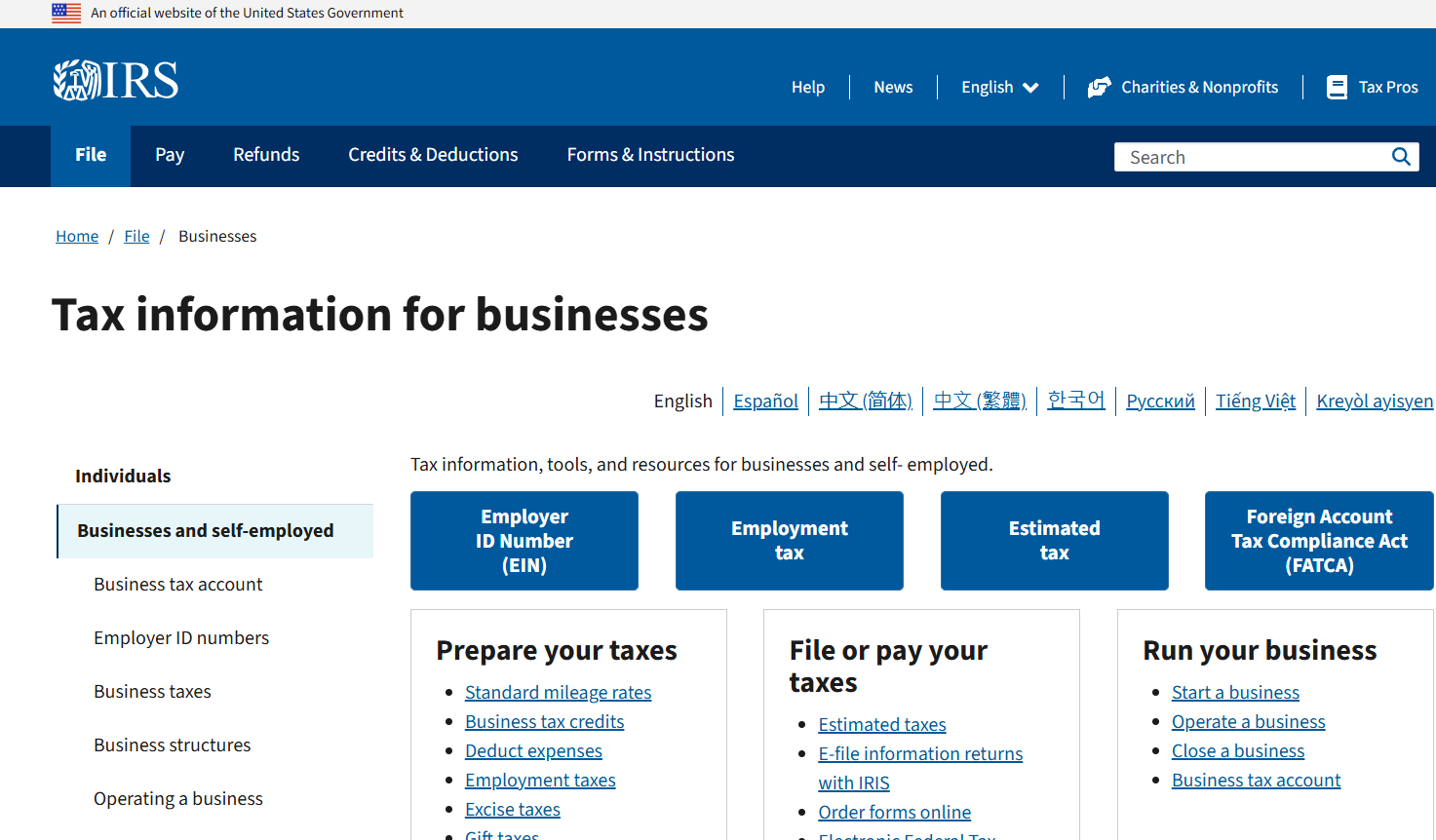RMDs Gifted Directly to Charity – Consider When No Longer Able to Itemize Deductions

December 13, 2019
by Gregory S. Dowell
A couple of years ago, I wrote and posted an article on the option of a taxpayer making a required minimum distribution (RMD) directly to a charity. In light of the Tax Cuts and Jobs Act, this makes even more sense as an option to consider.
As background, a taxpayer is required to take an RMD from his/her individual retirement account (IRA) once the taxpayer reaches the age of 70 1/2. That RMD is considered to be taxable income for the year. Under TCJA, many taxpayers no longer itemize, particularly those who live in states with high income and property taxes (like Illinois, California, or New York). As mortgage interest expenses decrease over time (or are limited by TCJA), once state income and property taxes are removed as an itemized deduction, there often aren’t enough other deductions to allow the taxpayer to itemize (an exception would be if someone had very high medical bills, or gives large amounts to charity, or has high investment interest).
So, if a taxpayer is no longer itemizing, and is required to take an RMD, and ends up giving part or all of the RMD to charity, it’s not a very nice outcome: The taxpayer has taxable income and no charitable deduction.
Hence the need to consider the direct gift to charity from the IRA. There are a few “ifs” to this, but follow through and see if this might apply to your situation: If there is no benefit to itemizing, and if a taxpayer intends to support a charity in any event, and is required to take a required minimum distribution (RMD) from an individual retirement account, making a gift directly from the IRA to the charity makes perfect sense. A gift so made – directly from the IRA to the charity (without going through the hands of the taxpayer) – is not considered as taxable income (and, conversely, no tax deduction is allowed). Up to $100,000 can be donated in this manner on an annual basis. That keeps the taxpayer’s adjusted gross income lower as well, which can help if phaseouts of credits, deductions, or exclusions occur due to a higher AGI. There are very specific rules on how this transaction can be made, the type of charities that qualify (donor advised funds and certain foundations do not quality), and certain custodians may not accommodate a taxpayer’s wishes. Special rules apply as well if the taxpayer has historically made nondeductible contributions to the IRA.
Again, this is a great tool to use, under the right circumstances.










